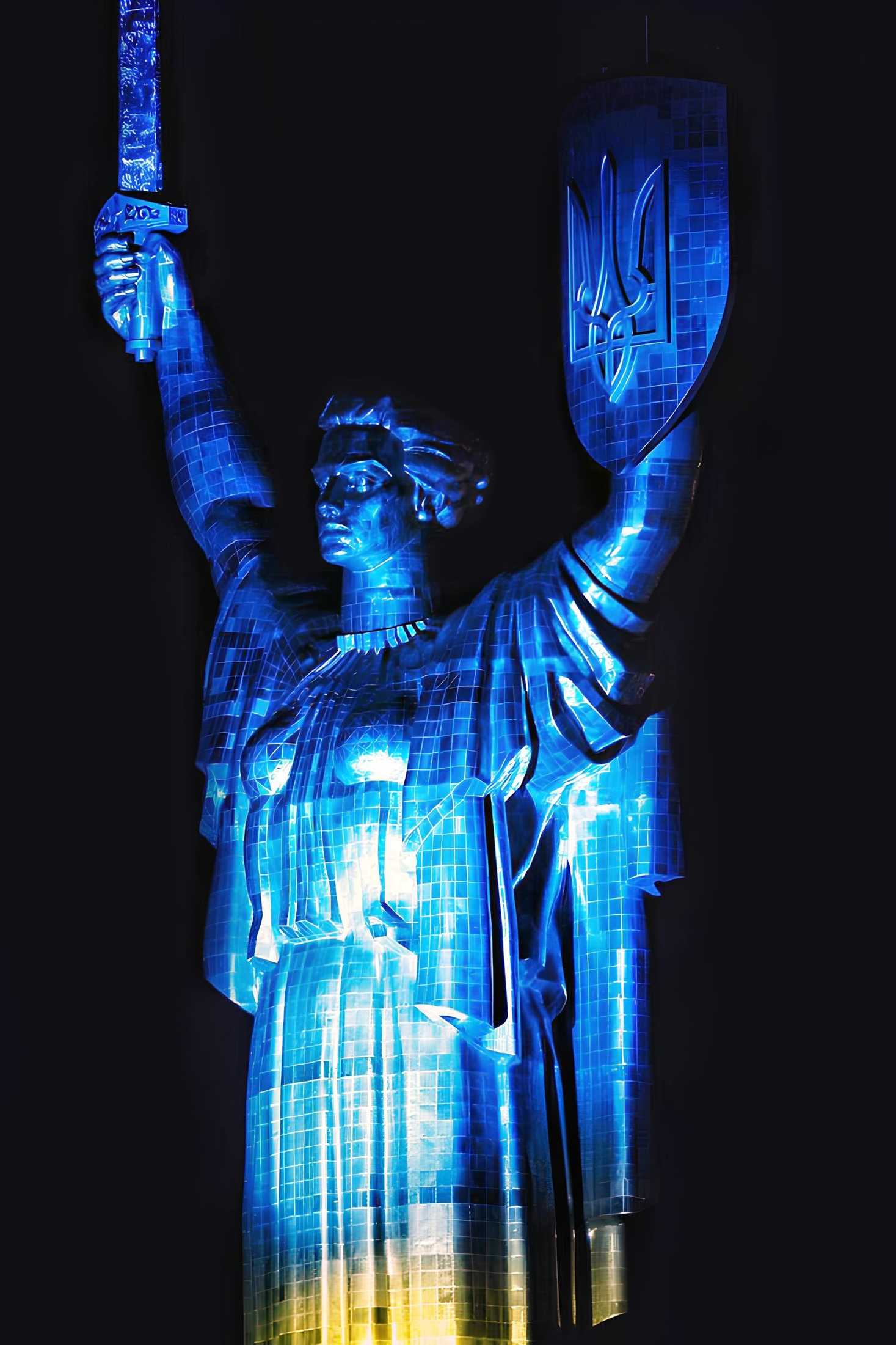Mother Ukraine: At 335 Feet, One of Ukraine’s Wonders
The Mother Ukraine is the name of a massive sculpture located in Kyiv, Ukraine. This 335-foot (102 m) tall monument is located on land alongside the Dnipro River.

The Mother Ukraine is the name of a massive sculpture located in Kyiv, Ukraine. This 335-foot (102 m) tall monument is located on land alongside the Dnipro River.

